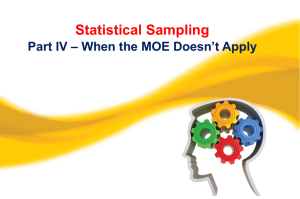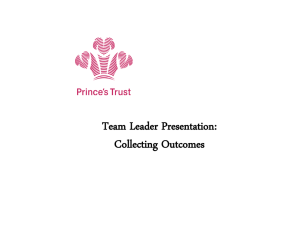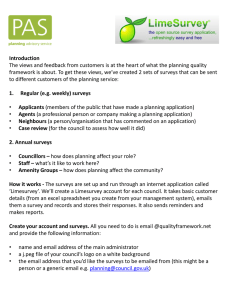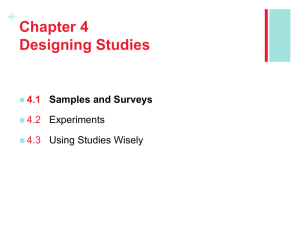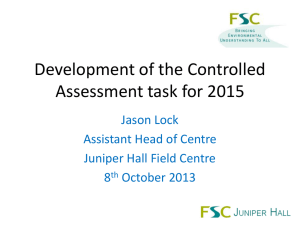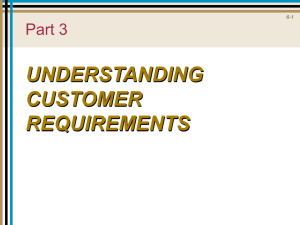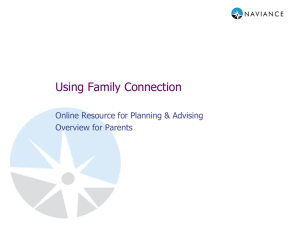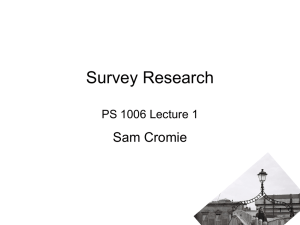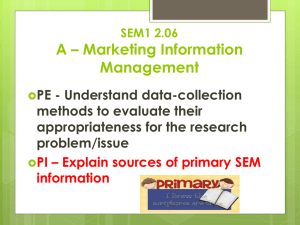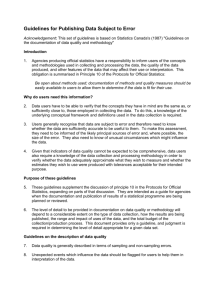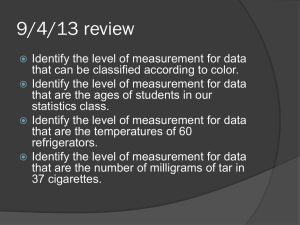Behavior Change PPT 3 - Contra Costa Clean Water Program
advertisement
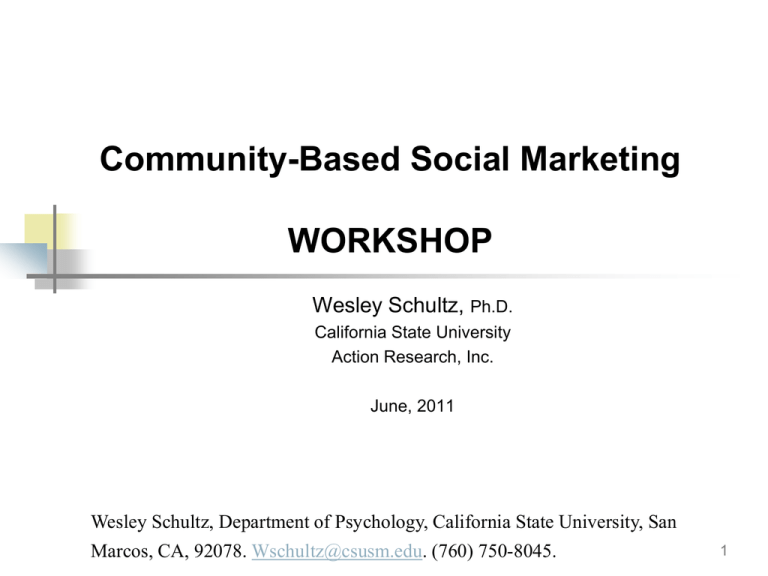
Community-Based Social Marketing WORKSHOP Wesley Schultz, Ph.D. California State University Action Research, Inc. June, 2011 Wesley Schultz, Department of Psychology, California State University, San Marcos, CA, 92078. Wschultz@csusm.edu. (760) 750-8045. 1 Community-Based Social Marketing www.cbsm.com Effective approach to behavior change Origins in behavioral science research Five step, data-driven process “Community” based Removes barriers and enhance benefits Five Steps to Behavior Change 5. Evaluate your program 4. Pilot test the program elements 3. Design program to address barriers – 2. Identify barriers and benefits to a specific behavior – focus groups not always an accurate predictor 1. Select the target behavior - Evaluate impact, penetration, 3 probability of success in changing behavior, and an end result that is a non-divisible result (cannot divide into further behaviors) 1. Behavioral selection Impact: Penetration: Probability: behavioralwedge.msu.edu is a good resource to help determine the probability of success. End-state: Nondivisible: 2. Identifying barriers Anything that reduces the probability of a person engaging in the desired behavior Each behavior typically has its own set of barriers Internal barriers (knowledge, motivation, perceptions) External barriers (lack of access, difficulty) Identify the Barriers Literature review and “best practices” Observations Existing data Focus groups Surveys Mail, web, telephone, intercept Literature review Start here. Internet searches, colleagues, reports CBSM website (www.cbsm.com) Academic databases CAUTION: What works in one community will not necessarily transfer to another Be mindful of similarities and differences CA Stormwater Example ThinkBlue San Diego TMDL Water sampling Priority rating Bacteria (other top rated included oil, litter, pesticides, metals, dry flow, copper, sediment, fertilizers) Link to behavior: Pet waste End-state, nondivisible Observations Not to be underestimated Participant observation Unobtrusive Examples: Keep America Beautiful Littering Studies Water runoff in La Jolla Cove (residential and commercial) Pet waste collection Can also serve as baseline for future evaluation Existing data Hotlines or calls Tonnage, volume, counts CAUTION: Existing data typically comes from people who do the right behavior. Not a central target. Existing data typically comes from a vocal minority (again, not our central target) Focus groups Qualitative Allows for quick testing of ideas 6-10 individuals recruited from the target population Diversity is important Respond to a set of scripted questions or materials Can be conducted through specialized facility, but not essential Focus Groups Focus groups CAUTION: Not representative (small sample) Important to conduct more than one, but still not representative Qualitative in nature Examples: Disposal of used motor oil by DIYers. (searching for barriers) Home energy retrofits in California (searching for barriers) Busting the 3000 mile myth (testing creative) Climate Change Education Partnership (NSF-funded: USD, Scripps, CSUSM. Key influentials.) Surveys The process of collecting quantitative information about a population Biology (e.g., calculate the number of animals living in an area) Environmental (e.g., forecast amount of contamination in a region) Social (e.g., estimate the number of people who engage in a behavior) Geological (e.g., determine the size of geographic region) Observational Self-report Typically based on samples (subsets) drawn from a defined population Sampling “Surveys are done to describe, compare, and predict characteristics of a population” Purpose: to obtain a representative subset Sample size is largely irrelevant. (to be discussed in more detail) Methodology reigns supreme. Define the population Set inclusion / exclusion criteria Sampling Method 1. Probability: every member of the target population has a known, nonzero probability of being included in the sample. Requires random sample 2. Nonprobability: participants are chosen in a systematic and nonrandom manner. Surveys Representative samples Random selection of target population (random sampling) Biased samples The problem with convenience samples Programs typically target people who DON’T already do the behavior Surveys Sample size Mode of survey Length Probes Item wording Statistical considerations Mode Intercept Draw random sample from specific location Sampling protocol Allows for probes and “interview” Generally good response rate Can offer incentive Mode Intercept Draw random sample from specific location Sampling protocol Allows for probes and “interview” Generally good response rate Can offer incentive Examples: Busting the 3000 mile myth PSA messages for DIYers Mode Postal mail Can draw random sample of household Useful for geographically defined population Cost effective Limitation: No opportunity for probe Limitation: Hard to use multiple languages Limitation: No guaranteed sample size Mode Web surveys Generally cost effective Can prescreen on important variables Example: Individuals who rent their homes in Canada Can specify sample size Limitation: Not representative. Almost always drawn from panel. Limitation: No opportunity for probes. Mode Telephone surveys Can obtain representative sample (~) Can probe and ask open-ended items Cover large regions Limitation: Cell phones Limitation: Cost Cost considerations Focus groups: ~$10K per group Intercepts: $50/complete Generally more focused, with smaller sample (N~100) Mail surveys: $15/complete Web surveys: $15/complete Telephone surveys: $30/complete

